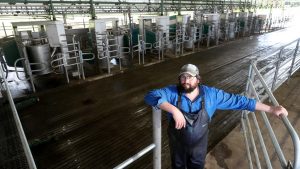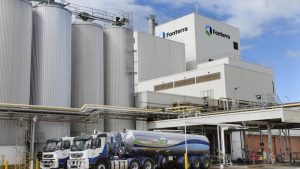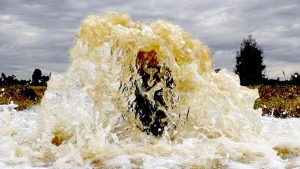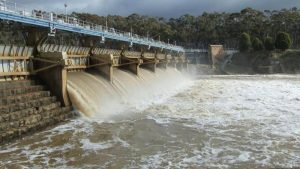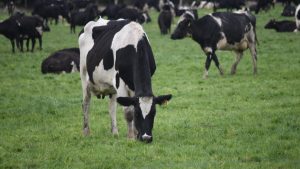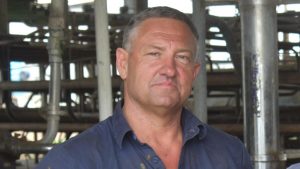
“There hasn’t been an increase in the (Dairy Service) levy since 2012 and now we have the same levy rate for the next five years,” Mr Evans said this week after Link Market Services, the independent company engaged to run Dairy Poll last month, announced the result.
“I don’t think the people who voted for no change understand the value of collective action in relation to industry research, industry protection and industry promotion,” he said.
“All putting in together we (dairy farmers) can achieve things as a group that we cannot achieve on our own, but it requires the actual value of the levy to the dairy industry – not the amount farmers pay – to be maintained.”
As Western Australia’s only representative on the independent 15-member Levy Poll Advisory Committee which last year determined a levy poll was needed after nine years and also the ‘no change’ and 15 per cent, 20pc or 25pc increase voting options, Mr Evans had publicly supported a 20pc increase in the levy rate.
“With good seasonal conditions in the Eastern States and better milk prices, if ever there was a year when dairy farmers were likely to vote for an increase in the dairy levy, I thought it was this one,” he said.
Immediate past president of Western Dairy for a second time, Mr Evans said he thought the turning point in the campaign to get a 20pc increase in the levy came when the board of national advocacy body, Australian Dairy Farmers (ADF), came out in support of the ‘no change’ option.
Five of the six State dairy farmer organisation members of the ADF, including WAFarmers’ dairy council, supported a 20pc increase in the levy, but despite this the ADF board supported no change, he said.
“As in Federal or State politics, in dairy politics disunity is death,” Mr Evans said.
The one “bright point”, he said, from the poll result was that the participation rate of WA’s 120 dairy farmers eligible to vote was the best in the country.
Link Marketing said 8.9 million first preference votes, or 64pc, cast last month were for the ‘no change’ option.
Next most popular option with 3.3 million first preference votes – 23.8pc – was the 20pc increase option.
The 15pc increase option attracted 1.3 million votes or 9.6pc and the 25pc increase option recorded 366,559 votes or 2.6pc.
Link said a total of 13.9 million votes were cast by 1558 valid voters – each voter is allocated a number of votes determined by how much milk they produce.
In WA, 57 of the 120 dairy farmers eligible to vote, did so – a 47.5pc voter participation rate.
According to Link, this compared to a 34.5pc voter rate in Victoria, 32.13pc in New South Wales, 38.13pc in Tasmania, 38.04pc in Queensland and 42.93pc in South Australia.
WA’s 57 Dairy Poll voters cast 603,987 votes out of a possible 1.089 million, for a 55.44pc votes cast figure.
This was also significantly better than other states where the votes cast ranged from 39.72pc (Qld) to 48.48pc (Tasmania).
The continuing Dairy Service Levy rate is comprised of payments of 2.8683 cents per kilogram of butter fat and 6.9914c per kilogram of protein in farmers’ milk and is automatically deducted from monthly milk cheques by milk processors and transferred to Dairy Australia.
The levy payments cost dairy farmers about 4.7c/kg on milk solids, equivalent to about 0.36c a litre, on the bulk milk they produce.





